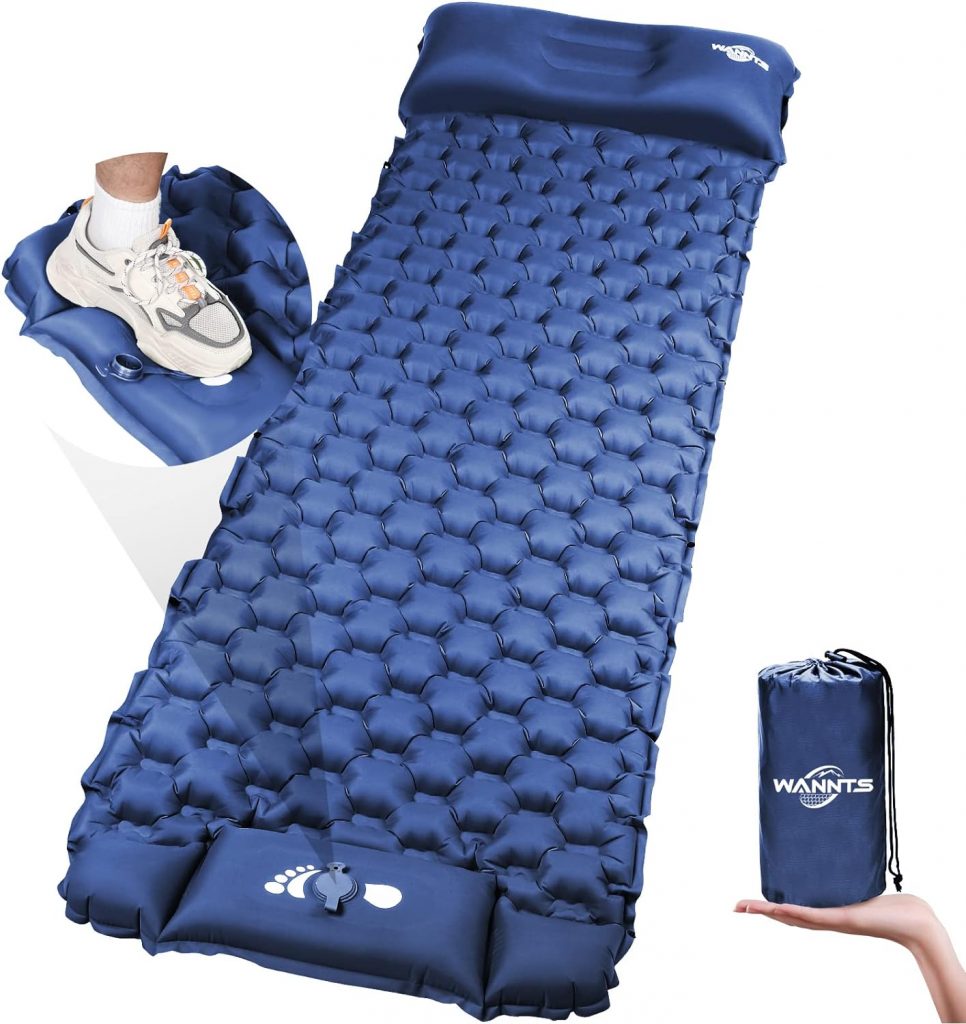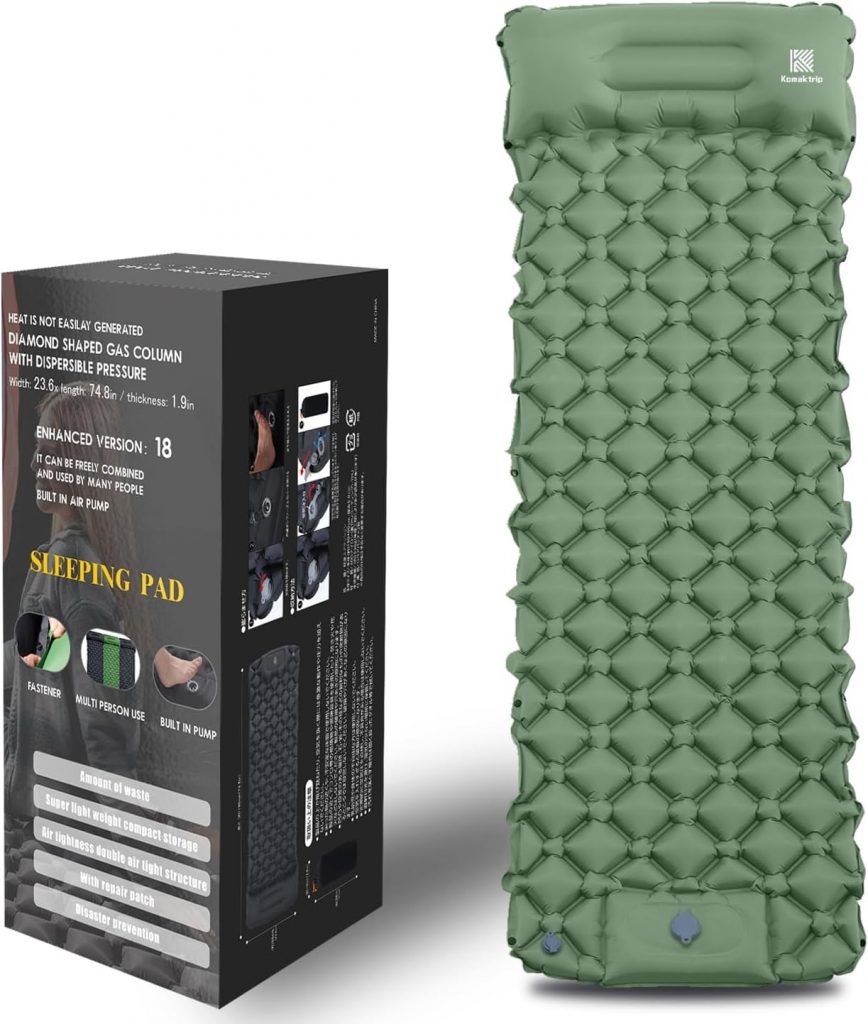Can You Find A Camping Sleeping Pad Around $20? We Found Some If You Need One Quick.
Your camping gear is sparse, and you’ve just been given short notice to go on a weekend camping trip with friends. You have a sleeping bag, but need a sleeping pad…quick. Like most, you head to Amazon and try to find something low-buck. After all, it’s just for a weekend, and you can get a “high-quality” sleeping pad when you decide to go camping more often, right?
So the question is, are there any good sleeping pads that cost around $20 bucks? We looked into what was available and came up with some inflatable sleeping pads that might work. But before you get the lowest-priced pad, here’s what you need to know.
Camping sleeping pads are essential gear for a comfortable night’s sleep outdoors. They provide cushioning and insulation, protecting you from the cold hard ground and keeping you warm. When choosing a sleeping pad, there are a few factors to consider, including:
- Type of pad: There are three main types of camping sleeping pads: foam, self-inflating, and air. Foam pads are the lightest and most durable, but they can be bulky. Self-inflating pads are more comfortable than foam pads, but they can be heavier and more expensive. Air pads offer the best comfort and insulation, but they are also the most fragile.
- R-value: R-value is a measure of a sleeping pad’s insulation. The higher the R-value, the warmer the pad will be. If you’re camping in cold weather, you’ll need a pad with a high R-value.
- Length and width: Make sure to choose a pad that is long and wide enough for you to sleep comfortably on.
- Weight and pack size: If you’re backpacking, you’ll need a pad that is lightweight and packs down small.
Now that you know all the facts, the least expensive sleeping pads available are foam and air pads. Take it from experienced backpackers, foam pads are not good to sleep on, as they are not thick enough and not easy to carry around. They fold up like your car’s sun visor.
Most prefer the air-type pads. Some include a built-in foot pump, but most are made from 4D ripstop Nylon. That’s okay for use inside a tent but if you put it directly on the forest floor, you could still get a puncture from a sharp twig, thorn, or rock.
Air pads are also lightweight and some come with a nylon carrying sack. They differ in thickness so the thicker the pad, the more insulation you will have. Some nylon pads are slippery, so make sure you are sleeping on a level surface and get one that is wide enough, or you’ll find yourself constantly slipping off of it through the night.
You will also want to make sure not to overinflate your air sleeping pad as it could burst and leave you flat against the ground. Some will include a repair kit to patch up small holes. Here are some of the low-buck pads we found.

WANNTS Ultra Light, 75” x 25”, 3.5” Thick, Nylon, Built In pump, Carry sack included, 30-oz, $27.98 https://amzn.to/3EY9MN7

Diowner Sleeping Pad , 75” x 25” , 4” Thick, Nylon, Carry Bag Included, Built In Pump, 1.8 lbs, $16.99, https://amzn.to/3RyLAsd

Komatrip, 75” x 58”, 1.9” thick, Nylon, Built In pump, $15.99, https://amzn.to/3PrBd6A

CAMULAND, 77.1” x 26.7”, 3.54” Thick, Nylon, Carry Sack Included, Built In Pump, 2 lbs, $16.99, https://amzn.to/3rtHEOC

Bestmart, 73” x 24”, 2” Thick, PVC, Carry Sack, 4 lbs, $17.99 (Navy) $19.99 (Army Green), https://amzn.to/3PX8NTL

M-Tac Ultralight, 77” x 24”, 2” Thick, Nylon, Carry Sack Included, 17.5 oz, $19.95, https://amzn.to/3ZxdSoG

